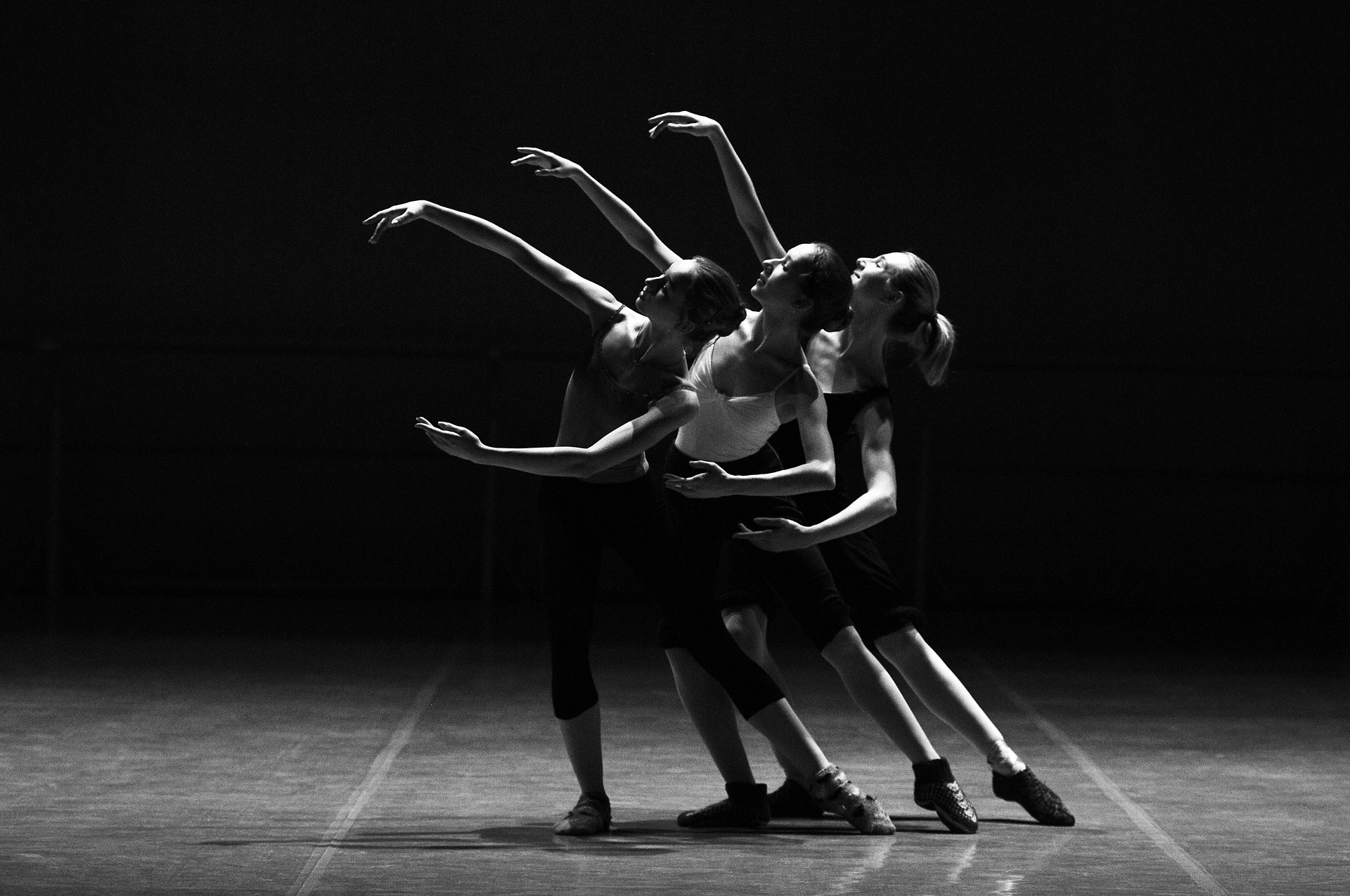Reinventing the Classics: How Modern Artists are Reimagining Iconic Masterpieces
In a world saturated with digital art and virtual reality, a new wave in the arts and entertainment sector is quietly making its mark. Traditional masterpieces, etched in the annals of artistic history, are being given a fresh lease of life by modern artists. This article delves into this trend, tracing its roots, exploring its present-day implications, and speculating on its future trajectory.
The Resurgence of Classics in Modern Art
From the Mona Lisa to Starry Night, iconic artworks have long captivated audiences. However, in recent years, these masterpieces have become the canvas for modern artists seeking to reinterpret classic art through contemporary lenses. This trend, while respectful of the original works, seeks to challenge traditional interpretations and breathe new life into well-known pieces.
The Historical Context of Artistic Reinterpretation
Artistic reinterpretation is not a new phenomenon. Throughout art history, artists have often reimagined, revised, and recontextualized existing works. Michelangelo recreated Biblical scenes in the Sistine Chapel, and Picasso’s Les Demoiselles d’Avignon was a modernist reinterpretation of classical nudes. The current trend is a continuation of this tradition, albeit with a modern twist.
Current Developments in Artistic Reinterpretation
Today, artists are leveraging technology to enhance their reinterpretations. Digital tools allow for the manipulation of classic art pieces, creating new works that fuse the old with the new. For example, an artist recently reimagined Van Gogh’s Starry Night with a hyper-realistic, 3D technique, transforming the painting into a moving image that retained the original’s essence while bringing it to life in a new, dynamic way.
The Impact and Significance of Artistic Reinterpretation
The reinterpretation of classic art pieces has significant cultural implications. It encourages audiences to reevaluate their understanding of iconic works and invites them to engage in a dialogue with the past. This trend not only revives interest in classic art but also opens up new avenues for artistic expression and innovation.
The Future of Artistic Reinterpretation
As technology continues to evolve, the scope for artistic reinterpretation will likely expand. Virtual and augmented reality could offer immersive experiences, allowing audiences to step into reimagined versions of classic artworks. The trend also raises intriguing questions about the nature of art and originality, sparking debates that will undoubtedly continue to shape the arts and entertainment industry.
In reinventing the classics, modern artists are not merely repackaging the past. They are redefining artistic boundaries, challenging societal perceptions, and, in the process, reshaping our cultural narrative. The trend is not only a testament to the enduring power of classic art but also a reflection of the ever-evolving, dynamic nature of artistic expression.





